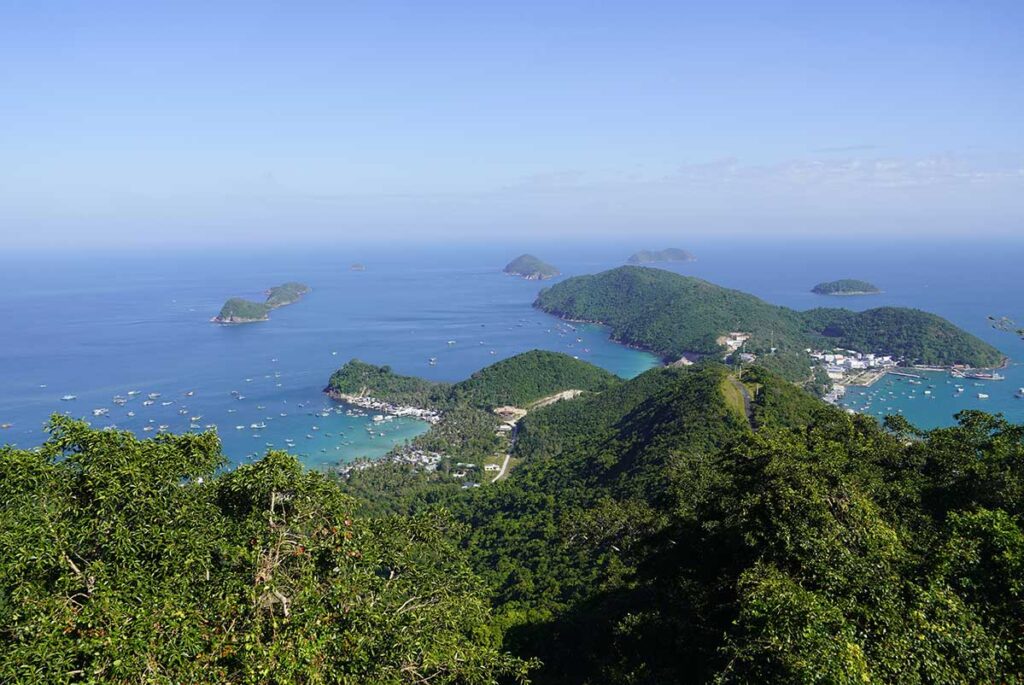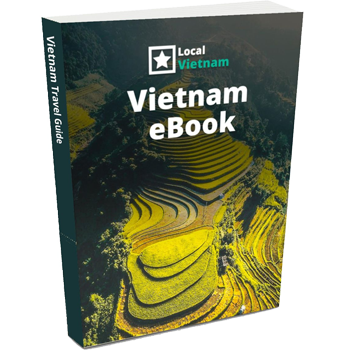What is Hon Khoai Island like?
Hon Khoai Island is not just a single landmass but the largest of a small archipelago that also includes Hon Sao, Hon Tuong, Hon Doi Moi, and Hon Da Le. The main island covers about 4 km² and rises steeply from the sea, with its highest point reaching 318 meters. From a distance, its shape is said to resemble a potato, which is how it got its current name.
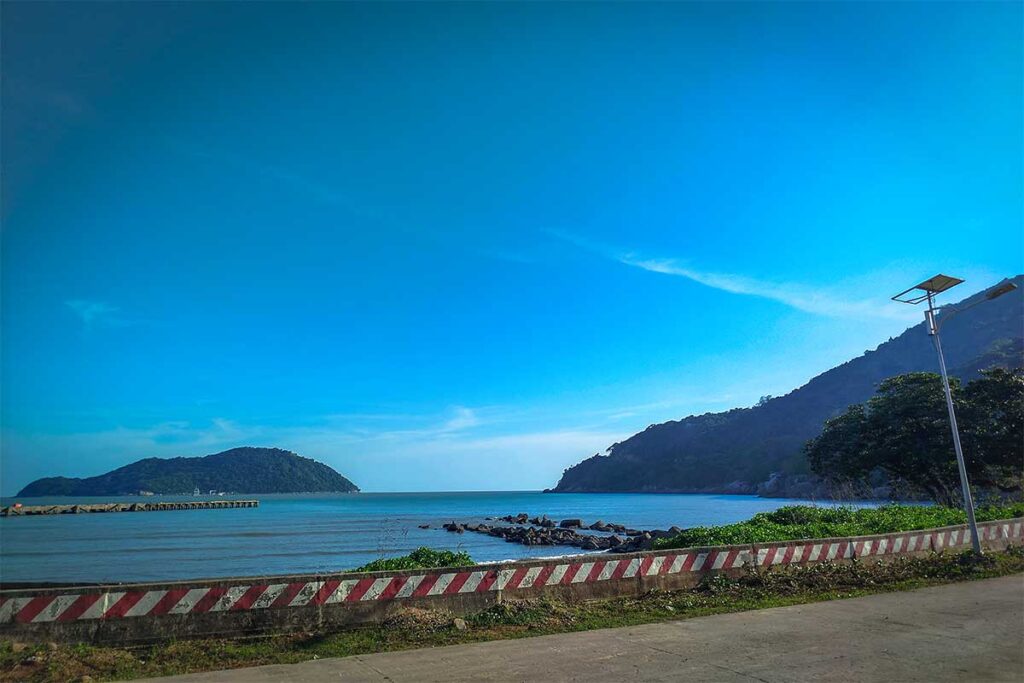
The landscape is rugged, with rocky hills, dense green forest, and a coastline dotted with two small sandy beaches. The vegetation is surprisingly rich for such a small island, including old mango and jackfruit trees, medicinal plants, and thick undergrowth. Wildlife is another highlight: you might encounter troops of curious monkeys, forest birds, or even one of the island’s rare endemic species like the Hon Khoai squirrel or the vividly patterned psychedelic rock gecko.
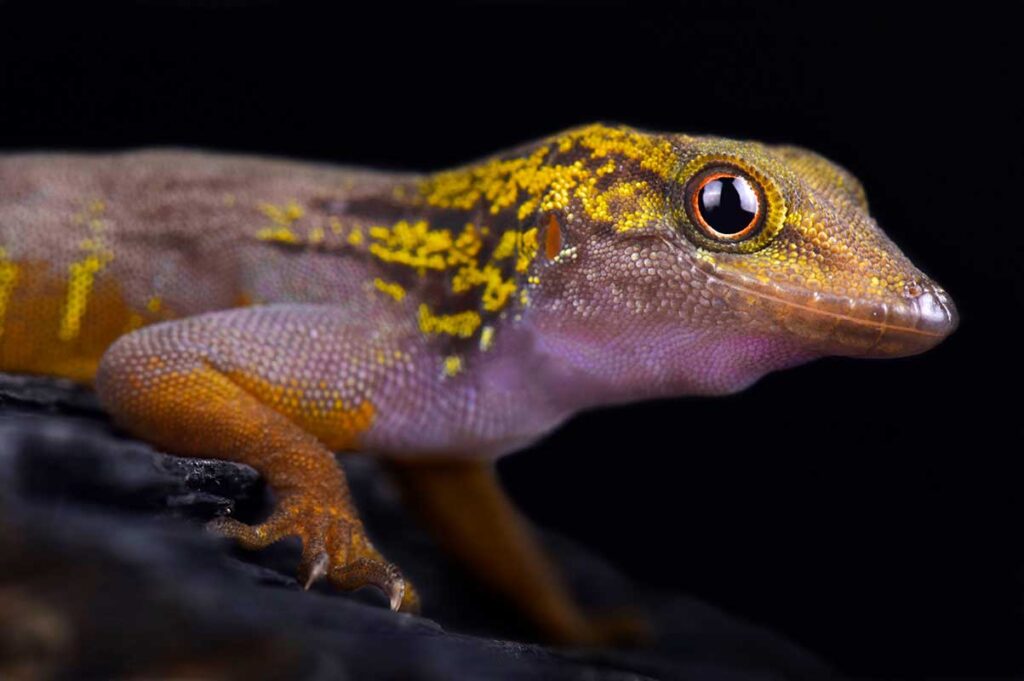
Despite its natural charm, Hon Khoai is not a typical tourist island. There are no villages, resorts, or shops—only a border guard station, a few lighthouse keepers, and some naval personnel. This gives the island an isolated, almost frontier-like atmosphere. For travelers, it feels remote and pristine, but also controlled, with certain areas restricted to visitors.
A brief history
Hon Khoai has gone by several names over the centuries. Early records mention Giang Huong, while during the French colonial period it was called Poulo Obi or Independence Island. The name “Hon Khoai,” referring to its potato-like shape, is the one locals eventually adopted and use today.
The French left their mark here in 1920 by building a lighthouse at the island’s peak, which still stands today. It was one of the earliest lighthouses on Vietnam’s waters and played a role in guiding ships across the busy Gulf of Thailand and South China Sea routes.
In December 1940, Hon Khoai became a stage for anti-colonial resistance. Teacher Phan Ngoc Hien led an uprising that briefly seized control of the island from the French. Though small in scale, it became an important symbol of southern Vietnam’s revolutionary struggle.
Since then, Hon Khoai has remained more than just a remote island. It is considered a strategic outpost for maritime defense, with a small military presence maintaining Vietnam’s sovereignty at its southernmost frontier. This dual role—as both a natural site and a historical landmark—gives the island a significance that goes beyond its size.
How to visit Hon Khoai Island
Access & Location
Hon Khoai lies about 14–15 km south of Ca Mau Cape, making it the southernmost island cluster of Vietnam. To get there, you first need to travel to Ca Mau City, the provincial capital. From there, continue to Rạch Gốc port in Ngọc Hiển District, which is the main departure point for boats to the island. The sea crossing takes around 2–3 hours, depending on weather and tides.
Permit Requirements
Unlike other islands in Vietnam, Hon Khoai is not freely accessible. It is under military and border guard control due to its strategic position near international waters.
- Visitors must obtain permission from the Border Guard Station before traveling.
- Movement is restricted to certain parts of the island, and some areas are off-limits.
- Photography is controlled—you may be asked not to take pictures in sensitive zones.
Because of these regulations, it’s easiest to go through a local travel agency or operator in Ca Mau, who can arrange the paperwork and coordinate with authorities.
Best time to visit
- Dry season (December–April): Calmer seas and clearer skies make this the most practical time to attempt the trip.
- Rainy season (May–November): Seas can be rough and crossings may be cancelled. Even if you secure permission, reaching the island is more difficult in this period.
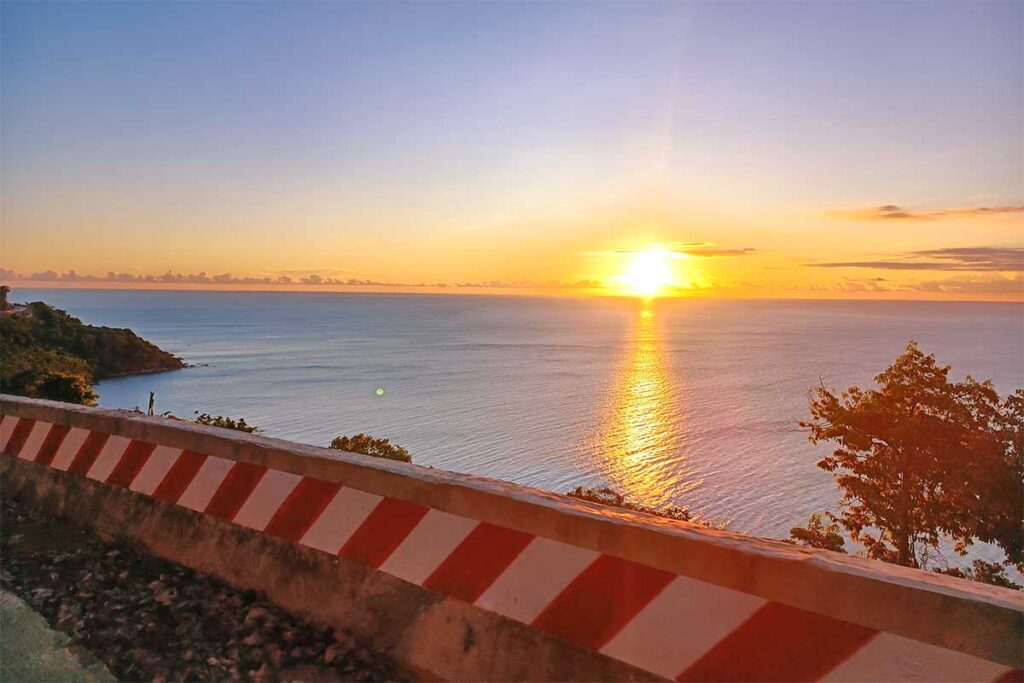
Costs & Logistics
- Boat rental: Around 2,000,000 – 4,000,000 VND (US $80–160) for a round trip, depending on group size and type of boat.
- Accommodation: There are no hotels or homestays on Hon Khoai itself. You’ll need to return to the mainland the same day.
- Where to stay: Most travelers base themselves in Ca Mau City or in simple homestays around Ca Mau Cape, which makes the logistics of an early morning departure easier.
Who can visit?
- Vietnamese travelers: Can visit with permission from the authorities.
- Foreign travelers: In theory, allowed, but the rules are more complicated. Approval is not always guaranteed, and the process is stricter.
- In practice, unless you travel with a reputable tour provider who knows how to handle the paperwork, many foreign tourists may not be able to make it past the permit stage.
Things to see and do on Hon Khoai Island
1. Hon Khoai Lighthouse
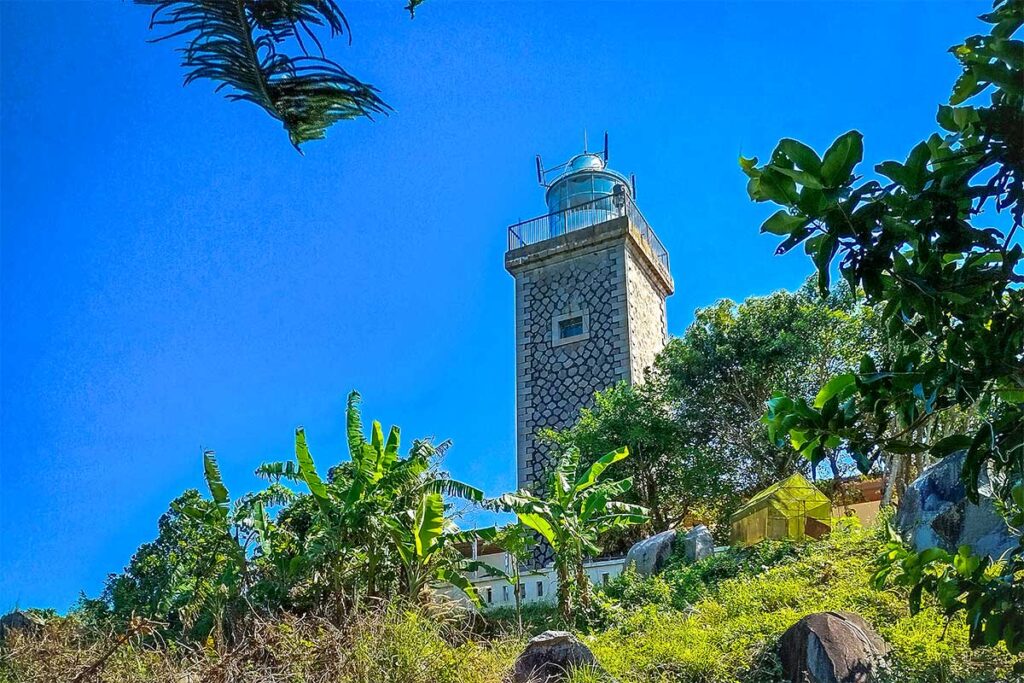
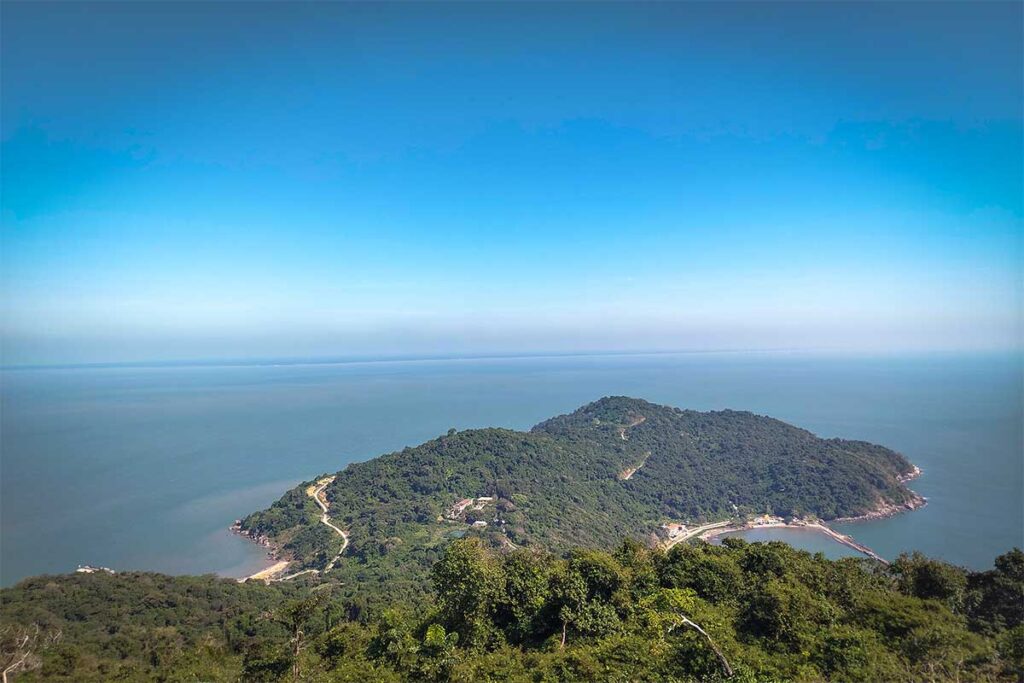
The most iconic landmark on the island is the lighthouse, built by the French in 1920. It stands at the island’s highest point, 318 meters above sea level, and is still in use today. If you are allowed to climb, you’ll find panoramic views stretching across the Gulf of Thailand and back to Ca Mau Cape. A telescope is sometimes available, offering a closer look at the surrounding islets. It’s among the oldest lighthouses in Vietnam and carries both historic and symbolic value.
2. Small Beach (Bãi Nho)
On the north side of the island lies Small Beach, a relatively calm and shallow spot. The sand is fine and white, making it a pleasant place for a quick swim or a walk at sunrise. Facilities are non-existent, so it’s more about enjoying the simplicity of the setting than spending long hours on the beach.
3. Big Beach (Bãi Lon)
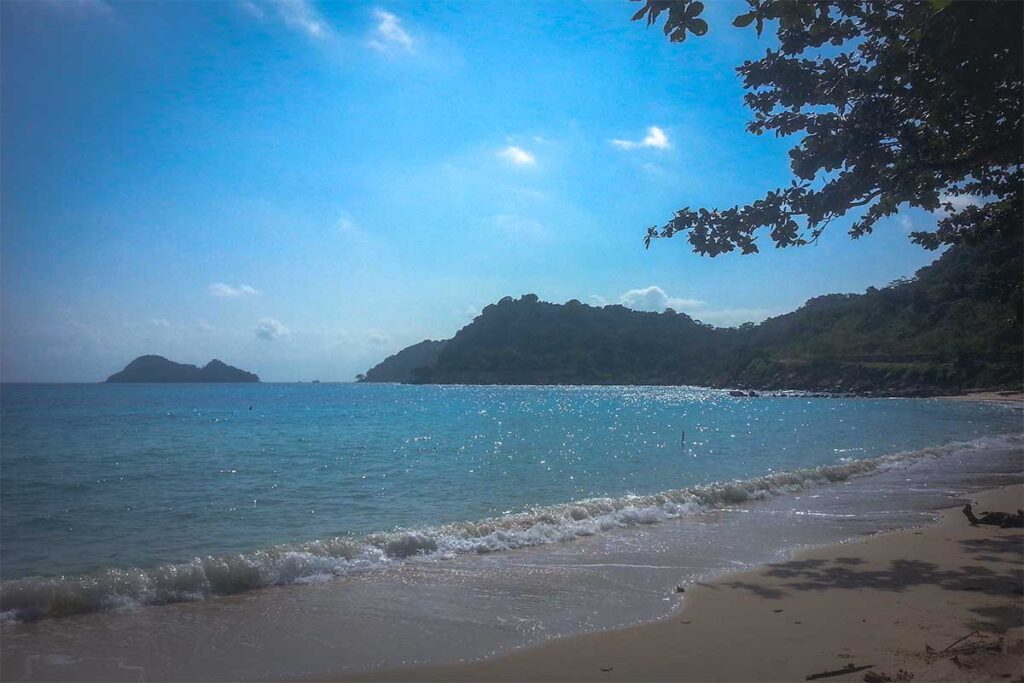
Facing the southeast, Big Beach feels more rugged and untamed. The jungle comes right down to the shore, creating a wild atmosphere. It’s less accessible than Small Beach, but for those who make the effort, it offers a sense of adventure. The beach is backed by rocky terrain and feels more like an exploration stop than a lounging spot.
4. Hiking Trails & Forests
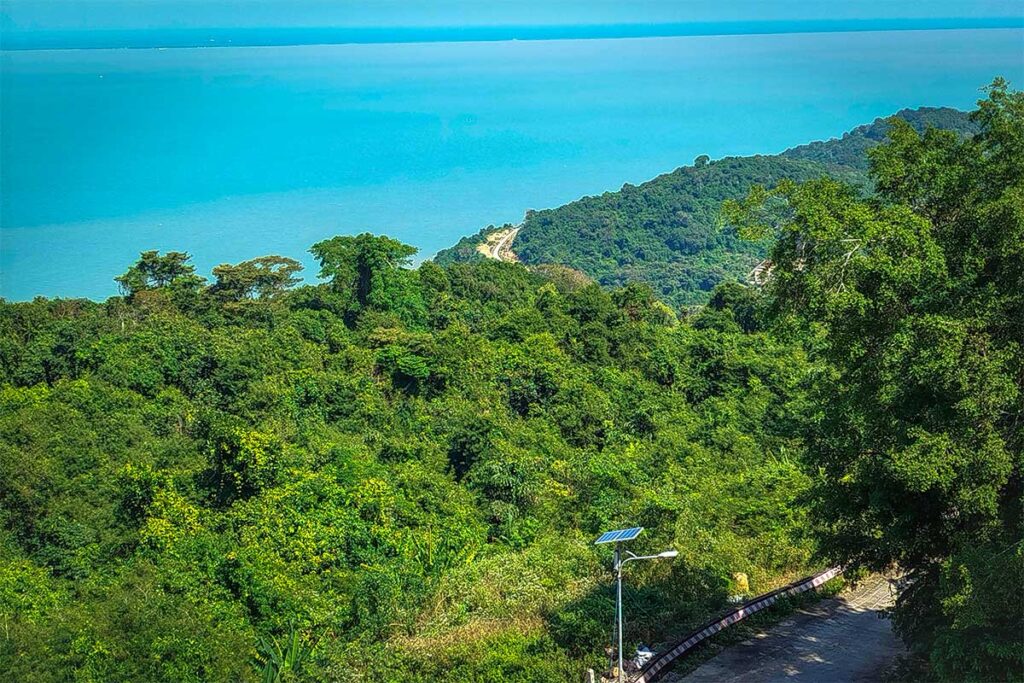
A narrow zigzagging path leads up from the coast to the lighthouse. Along the way you’ll pass through dense forest, with century-old mango and jackfruit trees, wildflowers growing in rocky crevices, and streams hidden under the canopy. The hike is short but atmospheric, giving a sense of how isolated and self-contained the island’s ecosystem is. Birdsong adds to the atmosphere, making it one of the highlights of a visit.
5. Wildlife Encounters
Hon Khoai’s wildlife is more visible than on many other islands. Monkeys are the most common, and while they can be entertaining, they are also known to snatch food and belongings—so it’s best to keep a distance. The island is also home to Hon Khoai squirrels, reptiles such as the psychedelic rock gecko, and a number of bird species. The biodiversity adds to the impression that the island is still largely untouched.
6. Revolutionary & Cultural Sites
Beyond nature, Hon Khoai carries historical weight. A marker on the island commemorates the 1940 uprising led by teacher Phan Ngoc Hien, who briefly captured the island from the French. This event is remembered as a symbolic moment of resistance in the south. Today, the site is modest, but the stories tied to it give a deeper context to what might otherwise seem like just another remote island.
Is Hon Khoai Island worth visiting?
Hon Khoai Island is undoubtedly unique. Its combination of isolation, military control, and revolutionary history sets it apart from more conventional island destinations in Vietnam. For those interested in Vietnam’s remote frontiers or who have a particular fascination with lighthouses and symbolic sites, it can be a rewarding, if unusual, experience.
That said, the natural scenery, while pleasant, is not extraordinary compared to other islands such as Phu Quoc or Con Dao, where beaches are more accessible and the landscapes more varied. The effort involved—securing permits, arranging a private boat, and the fact that you cannot stay overnight—makes a visit quite impractical for most foreign travelers.
If your goal is simply to enjoy beaches, snorkeling, or island relaxation, there are better and easier alternatives elsewhere in Vietnam. Hon Khoai is best suited to travelers who value the idea of stepping onto a rarely visited outpost at Vietnam’s southern edge, knowing they’ve reached a place very few others have.
